Original board game, Le Jeu des Juifs C18th, The Game of the Jews. Rare
£2,500.00
LE JEU DES JUIFS – The Game of the Jews Fine Judaica: An original Jewish Game – end of the18th century, engraving by Basset in Paris.
45 x 36 cm Engraving; Paris, Basset, late 18th century; small older repairs, minor browning, corner a bit bumped, very good condition
Very rare. Circular-shaped Jewish dice game with 10 boxes surrounding the representation of a Jew in traditional period costume, seated at a table and playing the same game. Very pretty suite of 10 prints, numbered forming the boxes of the “Jeu du Juif”.
Below the circle, the rules of the game in French language. Slightly torn at the centre fold, tiny hole, reddened.
This game is descended from the German ‘game of seven’ thought to be associated with drinking. This version typically shows various images of tools and instruments in the outer fields, such as a caduceus, telescope, compass and dividers, scales of justice, ruler and a protractor and so on. The numbered fields are arranged counter clockwise. The centre field, numbered 7, shows a Jewish person tossing dice. This (apart from the publisher’s details) places it in France possibly in the late 18th century. Other traditions of this game are known, such as the Italian Gioco della Barca (Game of the Boat), and the Arlequin/ Zevenzot game popular in the Low Countries. Seven is significant as it has the highest probability of being thrown, and thus players have a higher chance of losing their tokens. As 7 is the most common result, it is the only result that is consistently unlucky for the player.
The French text beneath the game reads:
Règle Du Jeu Des Juifs
Pour jouer à ce jeu il faut deux dés. Le carton sur lequel on joue est divisé en 11 cases nombreuses depuis 2 jusqu’au 12. Dans la case du milieu marquée 7 se trouve un Juif qui est censé amener un Sonnet ou Double Six. Le nombre des joueurs est libre. Celui que amène le plus haut point joue le premier et les autres ensuite. Tout joueur qui amène 7 met 7 jettons dans la case du Juif. Celui qui amène 12 gagne les jettons que se trouvent sur toutes les cases. Tout autres nombre fait gagner a celui qui l’amène les jettons de la case où se trouve le N°, s’il y en a. Si cette case est void [vide] le joueur y met le nombre de jettons designé par le N° de la case. Le jeu une fois commencé personne n’y peut être admis qu’après qu’un des joueurs a amène Raffle de 12: alors le nouveau venu prend le cornet et joue.
A Paris chez Basset Md. D’Estampes et
Fabriquant de Papiers point rue d’Jacques au coin de celle de M……., No. 6-o
In translation it is an incomplete description of how the game was played. The game starts with players having an equal amount of stakes or tokens. Players who have no more tokens left are out of the game; the final player remaining wins the rest of the board. Jonas Richter (p. 80) quotes as follows from a translation of Lacombe, p.90:
“For the Game of the Jews you need two dice and a board divided into eleven fields, from 2 to 12. On the centre field, marked 7, there is a Jew at a table playing and rolling a double-6. The game can be played with any number of players, whoever gets the highest roll starts throwing the dice, and the others follow suit. Every player rolling a 7 pays seven markers to the Jew. When rolling a 12 you “make a raffle” and scoop up everything from all the fields. On every other number you receive the markers of the field with the number you rolled. If the field is empty, the player puts the corresponding number of markers on that field. Once the game has started no person may join until after a raffle, and the player, upon entering, takes the dice cup.”
Rachel Jacobs, curator of an exhibition of French 18th century board games at Waddesdon Manor notes that according to Lacombe, the popularity of game playing in 18th century France began at the court of Louis XIV. Game playing had a mixed response, some ‘fearing that games and particularly those of chance led to indolence, gambling and other vices’. For others they were seen as a form of play with an educational potential, as they are today.
Bibliography:
A copy of this game appears on p.49 of the catalog: “Juifs et citoyens”. Exposure. From October 24 to December 31, 1989. I.A.U., Paris, 1989.
The oldest dated mention of this Jew’s game is found in the description of the Dictionary of familiar games (Dictionnaire des jeux familiers, for the years (1796-97) under “Jews (game of)”. rules.
Jacobs, Rachel (2012) Playing, Learning, Flirting: Printed Board Games from 18th century France, exhibition at Waddesdon Manor 28 March – 28 October, 2012
Lacombe, J. (1792). Encyclopédie méthodique: Dictionnaire des jeux familiers, ou des amusemens de société; Paris.
Richter, Jonas (2019) ‘The Game of Seven: Glückshaus and Related Dice Games’, Board Game Studies Journal, v. 13, pp 67-97.
Be the first to review “Original board game, Le Jeu des Juifs C18th, The Game of the Jews. Rare” Cancel reply
Product Enquiry
Related products
C12th - C13th manuscripts
Leaf of Passionale in Latin [Italy, 12th century, first half] Lives of St Felicity and St Clement
C14th -C16th manuscripts
C12th - C13th manuscripts
Bifolium from a Vita Sancti Stephani c.1100 from Schøyen Collection
C12th - C13th manuscripts
C12th - C13th manuscripts



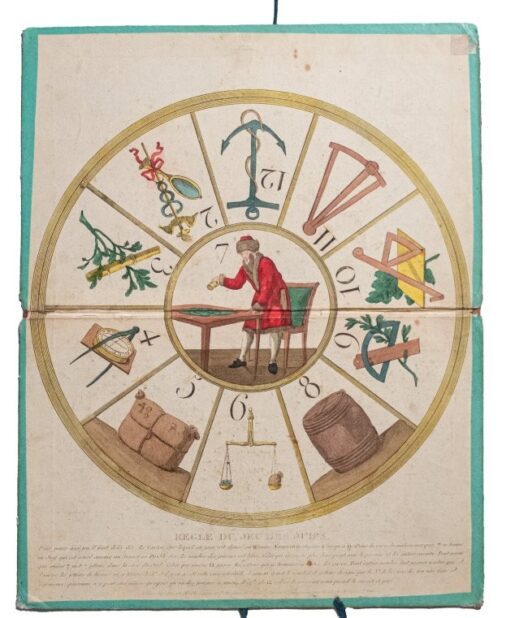
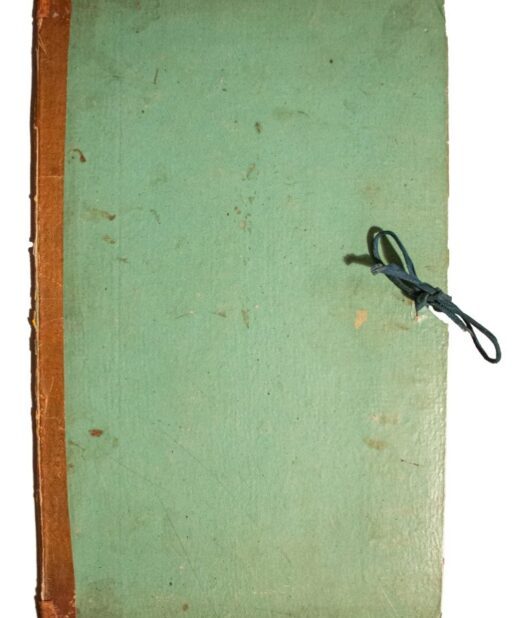

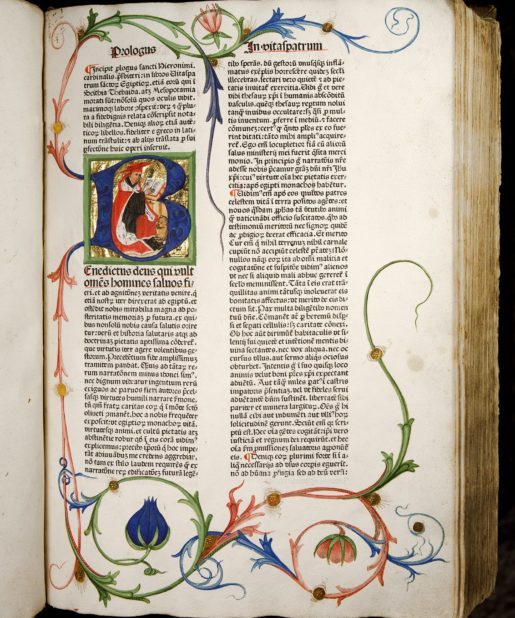
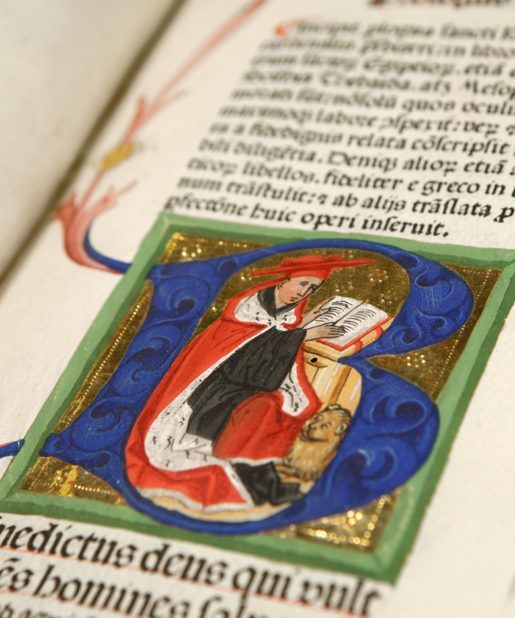
![Leaf of Passionale in Latin [Italy, 12th century, first half] Lives of St Felicity and St Clement Leaf of Passionale in Latin [Italy, 12th century, first half] Lives of St Felicity and St Clement](https://butlerrarebooks.co.uk/wp-content/uploads/2021/01/IMG_0696-515x618.jpg)
![The Annunciation to Zechariah, on a bifolium from an Antiphonary, in Latin [Germany or Austria, (mid-?)15th century] The Annunciation to Zechariah, on a bifolium from an Antiphonary, in Latin [Germany or Austria, (mid-?)15th century]](https://butlerrarebooks.co.uk/wp-content/uploads/2021/04/IMG_0977-515x618.jpg)
![The Annunciation to Zechariah, on a bifolium from an Antiphonary, in Latin [Germany or Austria, (mid-?)15th century] The Annunciation to Zechariah, on a bifolium from an Antiphonary, in Latin [Germany or Austria, (mid-?)15th century]](https://butlerrarebooks.co.uk/wp-content/uploads/2021/04/IMG_0769-515x618.jpg)
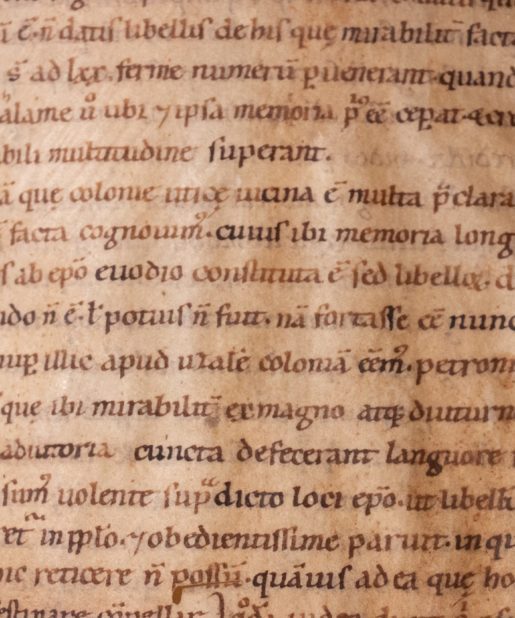
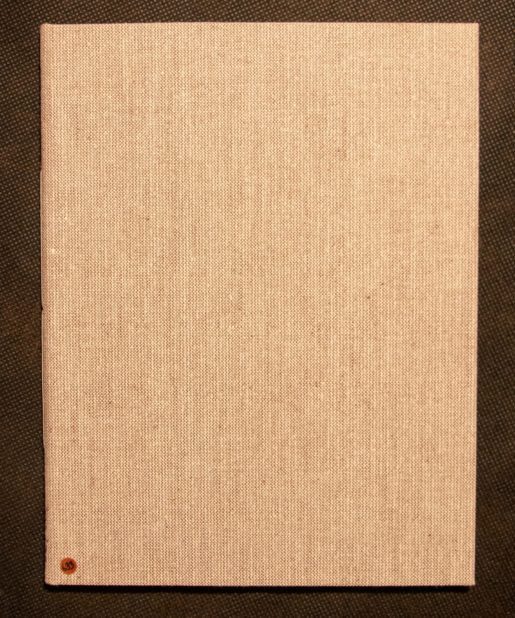
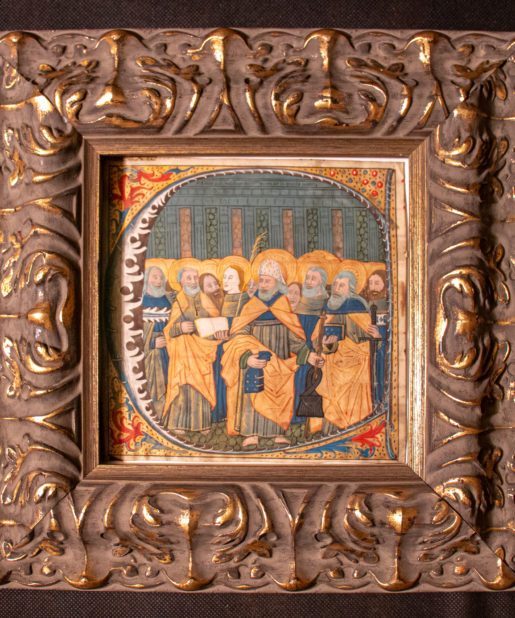
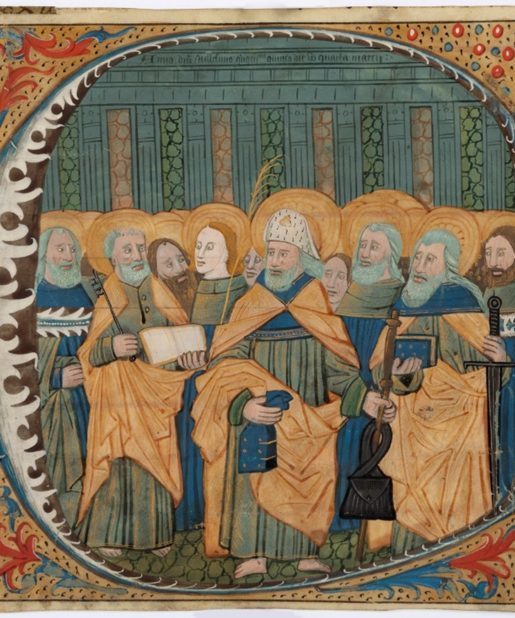
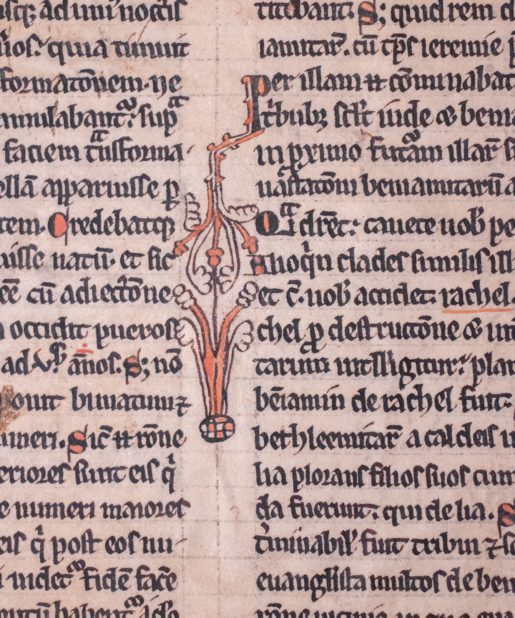
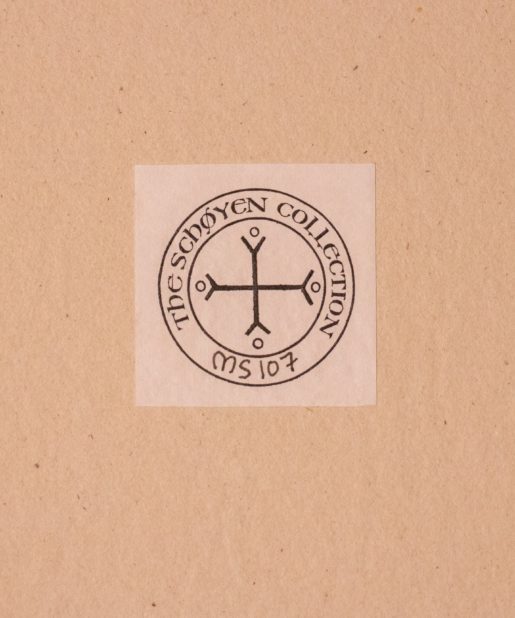
![Commentary on Aristotle, Categoriae, and the same authors translation of Perihermenias BOETHIUS [MS] C.13th Commentary on Aristotle, Categoriae, and the same authors translation of Perihermenias BOETHIUS [MS] C.13th](https://butlerrarebooks.co.uk/wp-content/uploads/2013/08/IMG_8383-515x618.jpg)
![Commentary on Aristotle, Categoriae, and the same authors translation of Perihermenias BOETHIUS [MS] C.13th Commentary on Aristotle, Categoriae, and the same authors translation of Perihermenias BOETHIUS [MS] C.13th](https://butlerrarebooks.co.uk/wp-content/uploads/2013/08/IMG_8379-515x618.jpg)
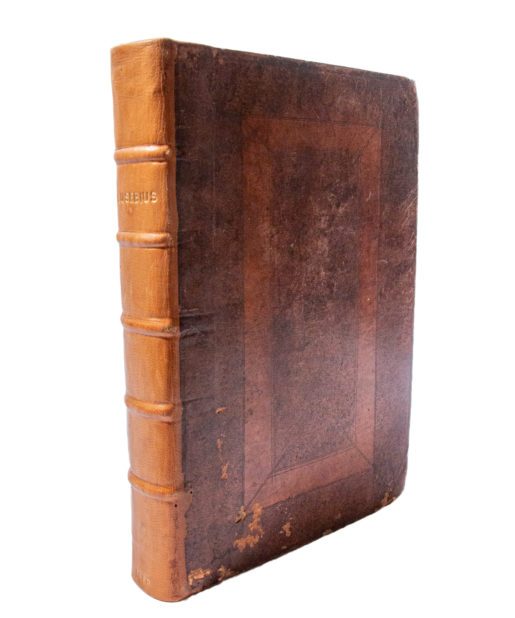
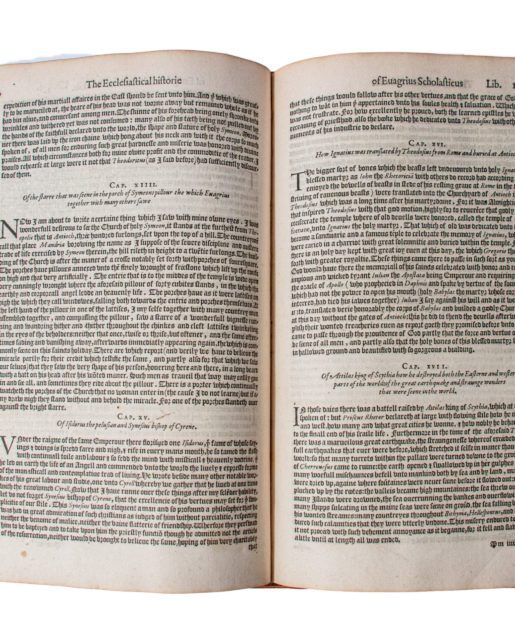
Reviews
There are no reviews yet.